I've tried to design a voltage controlled oscillator by adding a varactor to a Colpitts oscillator.

However simulation shows no change in the oscillation frequency as V3 changes (0.04v to 10v). I don't know what is the problem with the design.
I've tried to design a voltage controlled oscillator by adding a varactor to a Colpitts oscillator.

However simulation shows no change in the oscillation frequency as V3 changes (0.04v to 10v). I don't know what is the problem with the design.
Trace out the parallel resonant circuit, L1 in parallel with a capacitance.
I see L1 -> (C1 and C2 in series to ground) in parallel with (C3 and D1 in series to ground) -> ... oops, the capacitance chain stops there and never gets back to L1.
First fix this by decoupling V2 to ground.
Secondly note that C3 limits the capacitance variability from D1 to at most 10% of the total, because C3=1pf while C1=10pf. So at this stage, increase C3 significantly - to something larger than C1 - perhaps 100pf.
When the circuit is working correctly but has excessive tuning range, then you can reduce C3 appropriately.
(R2 and R4 decrease the Q of the tuned circuit, increasing them or eliminating R2 altogether may help)
EDIT:
I don't understand this : "the capacitance chain stops there and never gets back to L1"
That's why I said it. (Not to be obtuse, but to focus attention here)
Look at the other end of L1. There is no low-impedance AC path to ground - at least on the schematic. And hence, no well-defined capacitance in parallel with L1, hence no tuned circuit. You can't rely on a battery or PSU to provide a low-impedance AC path.
If there is a decoupling cap on the prototype, good - but that's an error in the schematic. If there isn't, that's an error in both the schematic and circuit. Add such a capacitor from the L1 pin itself straight to the ground point where both C2 and D1 connect.
If C2 and D1 connect to ground some distance apart, that's another error on the circuit. For such low capacitances they need to be arranged with the smallest possible loop area around all capacitors and L1.